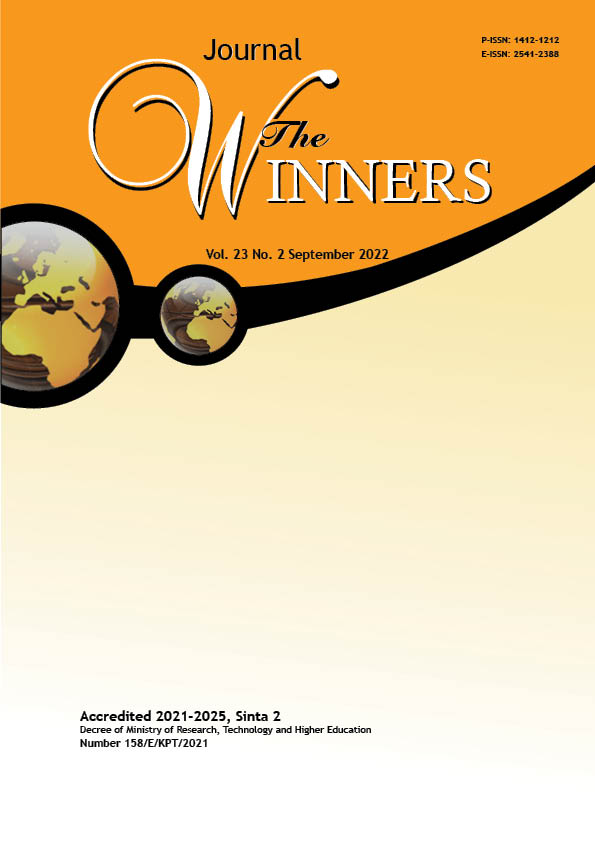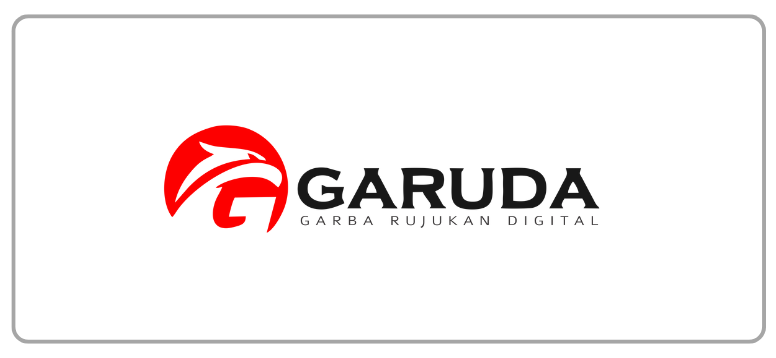Strategic Marketing Approach of Indonesia Aluminium Mineral Industry: Upstream and Downstream Analysis
DOI:
https://doi.org/10.21512/tw.v23i2.9199Keywords:
strategic marketing, aluminium industry, supply-demand, energy, upstream-downstreamAbstract
The research aimed to determine the causes of imports by analyzing the upstream and downstream sides of the existing aluminium industrial chain. The research applied a descriptive-exploratory approach by collecting secondary data from credible sources. Interviews and focus group discussions with appropriate experts were also conducted to obtain supporting data. Research shows that aluminium imports will continue both in the short and long term. It is due to the upstream supply, especially in aluminium smelters, which cannot keep up with the increasing demand. Even though the market opportunity, especially in the automotive, construction, and power cable segments, is enormous and continues to grow, if there is not enough supply, the deficit of aluminium metal will continue to occur. It takes encouragement from the Government's political will to provide ease of electricity sources, increase production capacity and technology, change the mindset from relying on traders solely towards the mindset of the industrialist.
References
Australian Aluminium Council Ltd. (2020). https://aluminium.org.au/australian-bauxite/
Butts, K. H. (1993). Strategic minerals in the new world order (Report ACN 93049). Strategic Studies Institute US Army War College. https://press.armywarcollege.edu/cgi/viewcontent.cgi?article=1943&context=monographs
Cravens, D. W. & Piercy, N. F. (2013). Strategic Marketing (10th Ed.). New York: McGraw-Hill Education Book.
Geological Agency of the Ministry of Energy and Mineral Resources. (2019). Annual Report.
Harjanto. (2022, February 23). The Ministry of Industry pursues 2 million tons of national aluminum production in 2025. https://www.kikt.co.id/en/the-ministry-of-industry-pursues-2-million-tons-of-national-aluminum-production-in-2025/
Humphreys, D. (2018). In search of a new China: mineral demand in South and Southeast Asia. Mineral Economics. 31, 103-112. https://doi.org/10.1007/s13563-017-0118-7
Hunt, S. D. (2010). Marketing Theory: Foundations, Controversy, Strategy, Resource-Advantage Theory. New York: Routledge.
Industri otomotif bakal serap lebih banyak aluminium. (2020). Gaikindo. https://www.gaikindo.or.id/industri-otomotif-bakal-serap-lebih-banyak-aluminium/
Kozlenkova, I. V., Samaha, S. A., & Palmatier, R. W. (2014). Resource-based theory in marketing. Journal of Academic Marketing & Science, 42, 1-21. https://doi.org/10.1007/s11747-013-0336-7
Ministry of Industry. (2013). Road map of Indonesia National Metal Industries (Ni, Al, Fe, Cu).
Ministry of Trade of the Republic of Indonesia (2017, July). Aluminium industry in Indonesia. Export News Indonesian. http://djpen.kemendag.go.id/app_frontend/admin/docs/publication/8001519015443.pdf
Porter, M. E. (2008). The five competitive forces that shape strategy. Harvard Business Review. https://hbr.org/2008/01/the-five-competitive-forces-that-shape-strategy
Prosser, M., Johnson, M., & Saptaji, K. (2017). Sustainable Bauxite Mining Guidelines. Journal of Malaysian Critical Metals, 2, 1-4.
Putra, R. D. (2020). Mendefinisikan ulang strategi bisnis dan perusahaan PT Indonesia Chemical Alumina dalam bisnis Chemical Grade Alumina. [Master thesis, Institut Teknologi Bandung].
Randive, K. & Jawadand, S. (2019). Strategic mineral in India: present status and future challenges. Mineral Economics, 32, 337-352. https://doi.org/10.1007/s13563-019-00189-0
Simandl, G. J., Akam, C., & Paradis, S. (2015). “Which Materials are 'Critical' and 'Strategic'". Symposium on Strategic and Critical Materials Proceedings, November 13-14, 2015, Victoria, British Columbia. British Columbia Ministry of Energy and Mines, British Columbia Geological Survey Paper 2015-3. 1-4.
Sinaga, Y. A. (2014, June 13). Inalum target produksi 500.000 ton tahun 2019. ANTARA News. https://www.antaranews.com/berita/438804/inalum-target-produksi-500000-ton-tahun-2019
Srivastava, R., Fahey, L., & Christensen, H. (2001). The resource-based view and marketing: The role of market-based assets in gaining competitive advantage. Journal of Management, 27(6). 777–802. https://doi.org/10.1177/014920630102700610
Srivastava, R., Shervani, T., & Fahey, L. (1998). Market-based assets and shareholders value: A framework for analysis. Journal of Marketing, 62(1), 2–18. https://doi.org/10.2307/1251799
U.S. Geological Survey, (2021). Mineral Commodity Summaries 2021. Reston: U.S. Geological Survey. https://doi.org/10.3133/mcs2021
Varadarajan, R. (2010). Strategic marketing and marketing strategy: Domain, definition, fundamental issues, and foundational premises. Journal of Academic Marketing Science, 38, 119-140. http://dx.doi.org/10.1007/s13162-015-0073-9
Wernerfelt, B. (1984). A resource-based view of the firm. Strategic Management Journal, 5(2), 171-180.
https://doi.org/10.1002/smj.4250050207
World Bank (1981). Bauxite and Aluminium Handbook. Commodities and Export Projections Division, Economic Analysis and Projections.
Downloads
Published
How to Cite
Issue
Section
License
Copyright (c) 2022 Sri Bramantoro Abdinagoro, Mohammad Hamsal

This work is licensed under a Creative Commons Attribution-ShareAlike 4.0 International License.
Authors who publish with this journal agree to the following terms:
a. Authors retain copyright and grant the journal right of first publication with the work simultaneously licensed under a Creative Commons Attribution License - Share Alike that allows others to share the work with an acknowledgment of the work's authorship and initial publication in this journal.
b. Authors are able to enter into separate, additional contractual arrangements for the non-exclusive distribution of the journal's published version of the work (e.g., post it to an institutional repository or publish it in a book), with an acknowledgment of its initial publication in this journal.
c. Authors are permitted and encouraged to post their work online (e.g., in institutional repositories or on their website) prior to and during the submission process, as it can lead to productive exchanges, as well as earlier and greater citation of published work.
USER RIGHTS
All articles published Open Access will be immediately and permanently free for everyone to read and download. We are continuously working with our author communities to select the best choice of license options, currently being defined for this journal as follows: Creative Commons Attribution-Share Alike (CC BY-SA)

















